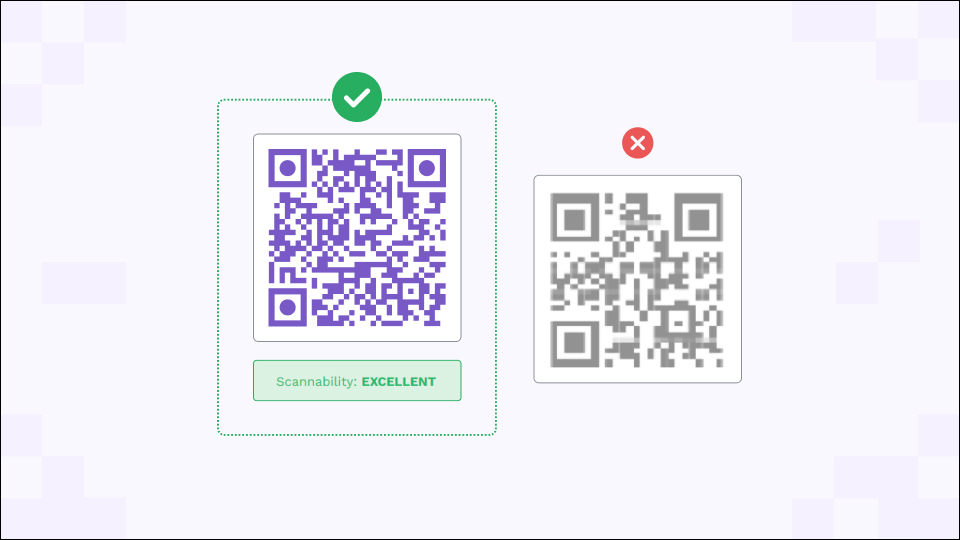In an era characterized by the seamless integration of digital and physical experiences, the unassuming Quick Response (QR) code has emerged as a powerful tool for connecting print media with the digital world. This article explores how the integration of QR codes into print media is transforming traditional formats, ushering in a new era of interactive and dynamic communication.
Revitalizing Print with Digital Interaction
Print media has long been a staple in communication, encompassing newspapers, magazines, brochures, and posters. While these formats have undeniable charm, integrating QR codes injects a dynamic and interactive element. By strategically placing QR codes within print materials, publishers and advertisers can seamlessly bridge the gap between the tangible and the digital, offering readers an enhanced and multi-dimensional experience.
Instant Access to Additional Content
One of the primary advantages of incorporating QR codes into print media is the ability to provide instant access to additional content. Readers can scan a QR code with their smartphones to unlock a wealth of information, videos, interactive elements, or exclusive offers related to the print content. This interactive layer not only captivates the audience but also enriches the depth of information available.
Enabling E-Commerce through Print
QR codes have become a powerful conduit for integrating e-commerce into print media. Advertisers and retailers can strategically place QR codes in print advertisements or catalogs, allowing consumers to scan and access online stores, product details, and purchasing options. This seamless transition from print to digital commerce enhances the overall shopping experience and drives direct engagement.
Enhancing Educational Materials
In the realm of education, integrating QR codes into textbooks and study materials opens up new avenues for interactive learning. Students can scan QR codes to access supplemental resources, explanatory videos, or interactive quizzes, making the learning experience more dynamic and engaging. This fusion of print and digital elements caters to diverse learning styles and enhances educational outcomes.
Driving Engagement in Magazines and Newspapers
Magazines and newspapers have embraced QR codes to revitalize their content. Articles can be augmented with QR codes that link to multimedia content, additional articles, or related stories. This approach not only retains the traditional appeal of print media but also provides readers with a curated digital journey, fostering sustained engagement.
Navigating Events and Exhibitions
In the events and exhibition space, QR codes on printed materials simplify logistics and enhance visitor experiences. Attendees can scan QR codes on event programs, badges, or banners to access event schedules, maps, and exhibitor information. This real-time access to dynamic content streamlines navigation, making events more enjoyable and informative.
Facilitating Information Sharing in Brochures
Brochures, pamphlets, and informational materials can leverage QR codes to streamline information sharing. Instead of overwhelming readers with excessive details, QR codes provide a concise entry point for accessing in-depth content, product demonstrations, or contact information. This targeted approach ensures that readers engage with the information that matters most to them.
Creating Interactive Print Advertisements
QR codes elevate the impact of print advertisements by adding an interactive layer. Advertisers can invite consumers to scan QR codes for exclusive content, promotional videos, or interactive experiences. This not only captures attention but also enables advertisers to track engagement metrics, gaining valuable insights into the effectiveness of their campaigns.
Design Considerations for QR Code Integration
Integrating QR codes into print media requires thoughtful design considerations. QR codes should be strategically placed, sized appropriately, and accompanied by clear instructions. Designers can incorporate QR codes seamlessly into the overall visual aesthetic, ensuring a harmonious blend of traditional and digital elements.
Looking Forward: The Future of QR Code Integration
As technology continues to advance, the integration of QR codes into print media is poised to evolve further. Augmented reality (AR) integration, personalized content delivery, and enhanced security features are among the innovations on the horizon. QR codes are not just a means of connecting print to digital; they represent a dynamic tool that continues to reshape how we engage with information in an increasingly interconnected world.

